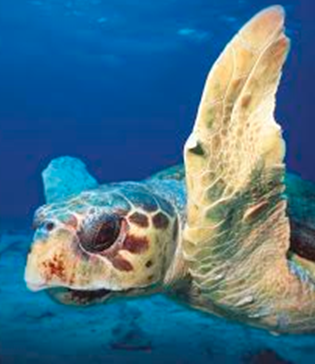Speaker
Dr
Stefano Scali
(Museo Civico di Storia Naturale di Milano, Italy)
Description
Reptile conservation is gaining more and more attention in the last decade among conservation biologists, but actions aimed to habitat management for these vertebrates are still scanty. This is probably due to a scarce appeal of reptiles for common people that often consider them as dangerous or disgusting. Some species, indeed, do not show particular ecological needs and often live near humans and they could be used as a didactic model to explain their behaviour and importance in ecological networks. A good number of refuges, basking sites and preys are usually a sufficient condition to obtain and support a population of some species, such as common wall lizards. In this context, we present a new approach to reptile conservation based on the building of an artificial wall in a natural protected area in northern Italy. We chose a didactic center in the Parco Pineta di Appiano Gentile e Tradate, an open area surrounded by mixed woods near an astronomic observatory. An artificial wall (8.2×5.4×1.8 m) will be built at the wood border using hollow concrete bricks. It will be southward oriented and bricks will be filled with soil and posed in a ladder-like way to create many basking places. The back side will be made with a soil embankment to reduce visual impact from the wood. For the same purpose, we will use brown and green bricks. A 10 cm gap between two adjacent bricks will be left to create multiple refuges for reptiles. We think that this structure may be useful for reptile conservation in at least three ways: i) it could be a suitable site for many reptile species (in particular for Podarcis muralis, but also for Lacerta bilineata, Anguis veronensis, Hierophis viridiflavus, Zamenis longissimus, Natrix natrix and Vipera aspis) that live in this area; ii) it could be used for didactic purposes and indirectly contribute to reptile conservation via education; iii) it could be useful for experimental studies, aimed at deepening the knowledge of reptiles biology and giving more instruments to conservation biologists.
Author
Dr
Stefano Scali
(Museo Civico di Storia Naturale di Milano, Italy)
Co-authors
Dr
Marco Alberto Luca Zuffi
(Museum Natural History, University of Pisa)
Dr
Marco Mangiacotti
(Museo Civico di Storia Naturale di Milano)
Dr
Roberto Sacchi
(University of Pavia)

